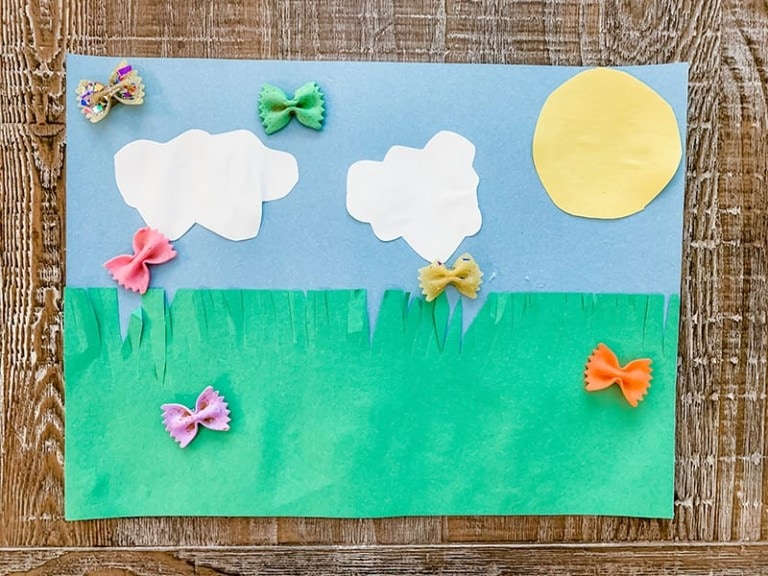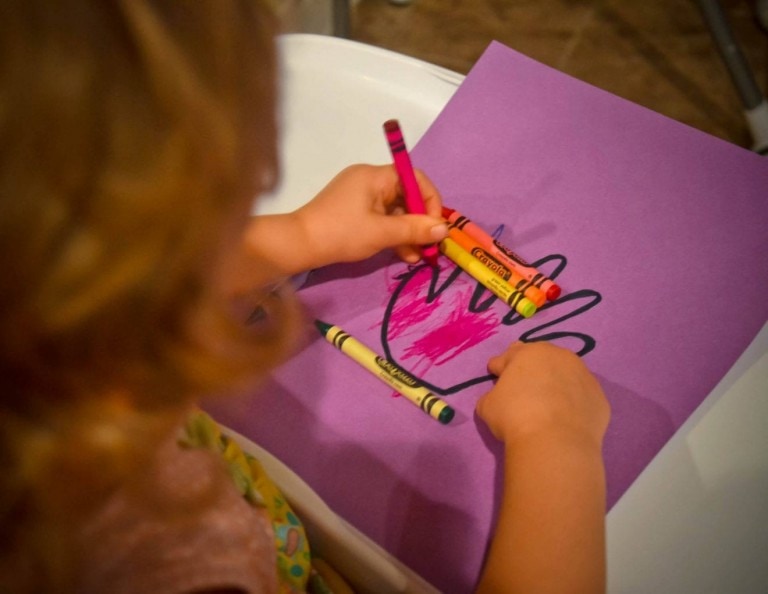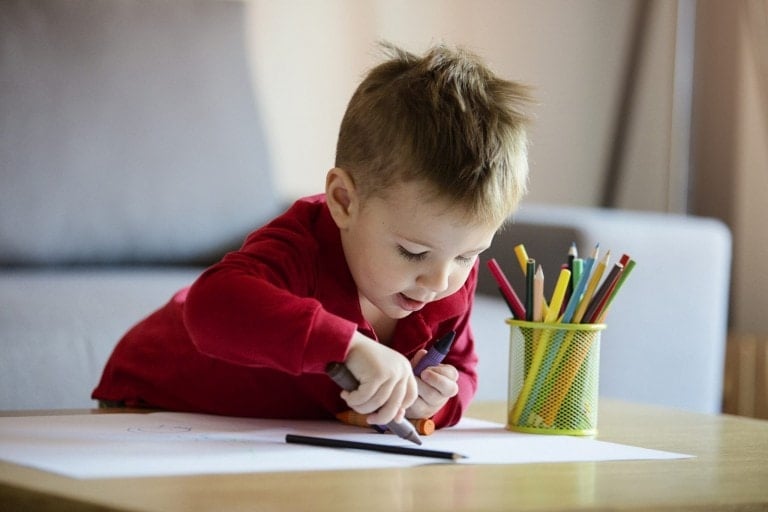Starting kindergarten used to mean focusing on reading, writing, and arithmetic (The 3 Rs). But times have changed and children entering kindergarten today have different requirements. There is a lot of focus on social and emotional development, early science, technology, engineering, and math (STEM) skills. But most importantly, there are the 6Cs. The 6Cs are critical for new learning. Before we discuss how to teach creativity to your child, let’s understand what the 6Cs are.
Let’s look closer at the 6Cs that Hirsh-Pasek calls “essential skills children need to become successful adults.” The 6Cs include collaboration, communication, content, critical thinking, creative innovation, and confidence. According to Kathy Hirsh-Pasek and Roberta Michnick Golinkoff’s book, Becoming Brilliant, What Science Tells Us About Raising Successful Children, the 6Cs provide children with the foundation for new learning. A firm grasp of these skills will help your child start kindergarten ready to learn and thrive!
Creative innovation, the fifth skill on the list, can often be overlooked because we often assume that children are innately creative and it is not a skill that needs to be taught. While some children are more creative than others, it is still a skill that can be cultivated.
Focusing on creativity.
Some studies suggest that we reach our peak of creativity when we are around six years old, then as we start school, we begin to lose our sense of creativity as conformity takes over.1 The goal with young children is to continue to teach your child creativity and keep it alive.
Children typically start to develop a sense of imagination, contributing to creativity around age three when they enter Jean Piaget’s “preoperational” stage of development.2 This is characterized by using symbols to represent their thoughts, such as drawing a picture of a monster or turning a sock into a puppet. This is an important stage because with this sense of imagination comes creativity. Children start building forts and princess castles, drawing pictures, and making arts and crafts. In nature, leaves found become creatures when glued onto paper, dolls become “people” when arranged in a playhouse, and toy trains have personalities.
Why it is important to teach your child creativity.
Why is it so important to cultivate this sense of creativity? Creativity has been found to help develop confidence. Creative people are more willing to engage in trial and error and processes that can sometimes include failure. It is important to experience trial and error and possible failure to learn and grow and build self-confidence. Creative people are better problem solvers because they are used to thinking things through from different perspectives and coming up with solutions. A study published in Scientific American found that creative people often live longer lives, tend to be more positive, are healthier, and tend to have lower stress.3 This is not a skill we want to peak at age six!
How to Teach Your Child Creativity
1. Provide your child with various items to create, such as arts and crafts, colored paper, glitter, crayons, paints, pom-poms, clay, markers, stickers, and popsicle sticks. Help your child “create” things and praise her for being creative.
2. Give your child experiences to practice creativity, such as visiting parks, museums, art classes, and nature walks.
3. Cook together. Pull up a chair beside you in the kitchen and allow your child to invent food combinations. Give him some ingredients and let him come up with a snack to share. Try peanut butter, raisins, crackers, apple slices, and marshmallows, and see how creative he can be.
4. Tell stories. While riding in the car or at bedtime, tell your child a story that you invent, then encourage her to tell you a story that she invents. Encourage her to create characters, a simple plot, and an ending to the story.
5. Allow your child to rewrite games by making his own rules. Encourage him to explain the new rules to you, then play the game together. Maybe Candyland is played backward, or a card game is played by color instead of a number.
6. Ask questions that require creative answers, such as “What if cats fly and birds walk?” “How would we get to school if we didn’t have a car today?”
7. Get messy. Provide the materials and encourage your child to play with playdough, water tables, drive dump trucks through mud, and finger paint. These activities all promote creativity.
Most importantly, don’t forget to read lots of books and ask your child how they think the story will end before you get to the end of the book. Books encourage imagination and creativity, and by asking your child to come up with the ending (or an alternate ending), you encourage even more creativity. This skill will serve them well for the rest of their lives!
























